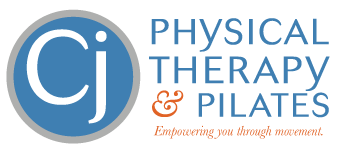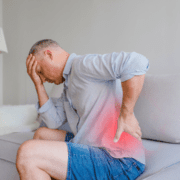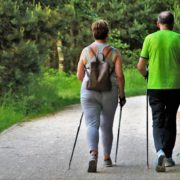How Ignoring Back pain could ruin your New Year’s Goals
Now is the time when people shift their focus to the New Year and start thinking about new and exciting goals for themselves.
According to statista.com – the three most popular New Year’s goals are 1) doing more exercise and improving their fitness, 2) losing weight, and 3) saving money.
Would you be surprised to know that if you are currently suffering from back pain – and you continue to ignore it – it could significantly impact your chances of success at achieving any of these goals?
Let me explain.
Let’s start with doing more exercise and improving fitness. Most people think that if they start exercising more – especially their core – it will solve their back problem. Not necessarily. While the research studies show (overwhelmingly) that exercise is one of the best treatments for back pain – what they don’t reveal is that there are typically some key things that must be in place in order for exercise to be effective. For example, you must have good mobility before you start focusing on stability (or strengthening). If you’ve got a stiff back, general exercise could be all you need, and you’ll notice improvement. But you won’t know until you get going and by then it could be too late.
What if your back is stiff because it’s compensating for something – say a bulging disc or muscle weakness?
If that’s the case, and you go all in with an exercise program in January, it’s only a matter of time (usually about 3 months in) before your back becomes worse, forcing you to abort your grand plan for the new year. When stability is there for a compensatory reason, it’s important to figure that out before adding more exercise or strengthening to the mix. This is one way back pain could derail your New Year’s resolution of doing more exercise and improving your fitness.
Say you want to lose weight. This is a fabulous goal. And if you’ve got back pain, losing weight will surely help. But once again, it’s critical to understand why you’ve got back pain in the first place. For example, being overweight is rarely the cause of back pain. A few extra pounds can certainly exacerbate your back problem, but it doesn’t usually cause back pain all on its own. The most common causes of back pain are mechanical (movement) problems.
In other words – bad movement habits such as sitting all the time, bending and rotating too much, or having terrible posture can all lead to back pain slowly over time.
If you lose weight, but never correct these mechanical/movement problems, your back pain isn’t going to improve. When it comes to the process of losing weight, in addition to watching your diet, more exercise is often incorporated into a weight loss plan. If you’ve got back pain, it’s more than likely due to poor movement habits. More exercise will not address these, and worse, could exacerbate the problem. If your back pain increases, not only will you not want to exercise, but you could be more inclined to sit at home and eat more – completely derailing your New Year’s resolution of losing weight.
Finally – we come to saving money. What on earth could back pain have to do with this? Well, you’ve probably heard the saying: “If you think wellness is expensive, try illness”. And this couldn’t be truer. When you ignore back pain, it’s only going to get more expensive to address later. As back pain worsens, you’ll have less willpower to bear it, and you’ll be more likely to opt for expensive fixes such as outpatient procedures and surgery. Not to mention the rehab that needs to take place afterwards for an optimal recovery and the expensive tests that need to take place before-hand to ensure you’re ready for surgery.
When you ignore a back problem it’s only a matter of time before it becomes unbearable.
And when we’re desperate, we make poor decisions, which often leads to more money spent than necessary. All that money (and more) that you set out to save as part of your New Year’s goals eventually goes to waste. Instead, get in front of your back pain. For 80% of back pain cases, there is a natural, movement-based solution. Natural solutions are far less expensive – and much safer long term compared to something like surgery. While the impact of ignoring back pain may seem indirect when it comes to a New Year’s resolution of saving money – it will impact you in some way – at some point – in a monetary way if you don’t address it now.
When you’ve got back pain (or any pain for that matter) that isn’t going away, it’s your body trying to tell you something. Don’t ignore it. It’s only a matter of time before it gets worse and starts to derail more than just your New Year’s goals.
Dr. Carrie Jose, Physical Therapy Specialist and Mechanical Pain Expert, owns CJ Physical Therapy & Pilates in Portsmouth, NH and writes for Seacoast Media Group. If local to Portsmouth, NH and looking for help – request a FREE Discovery Visit with one of her Specialists by CLICKING HERE.











